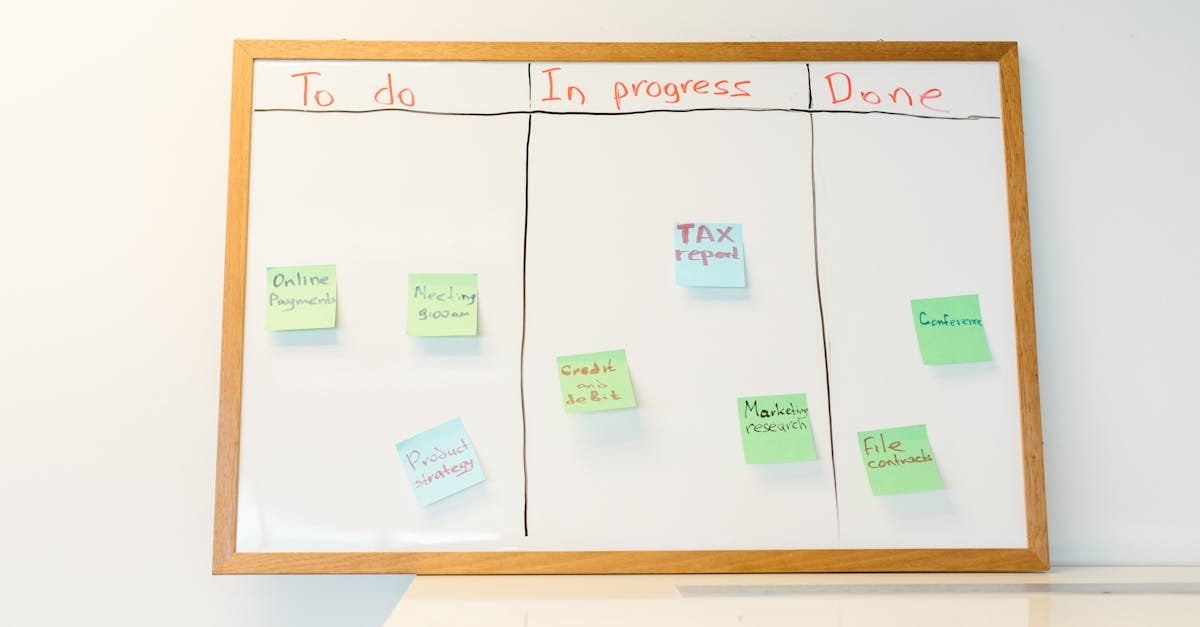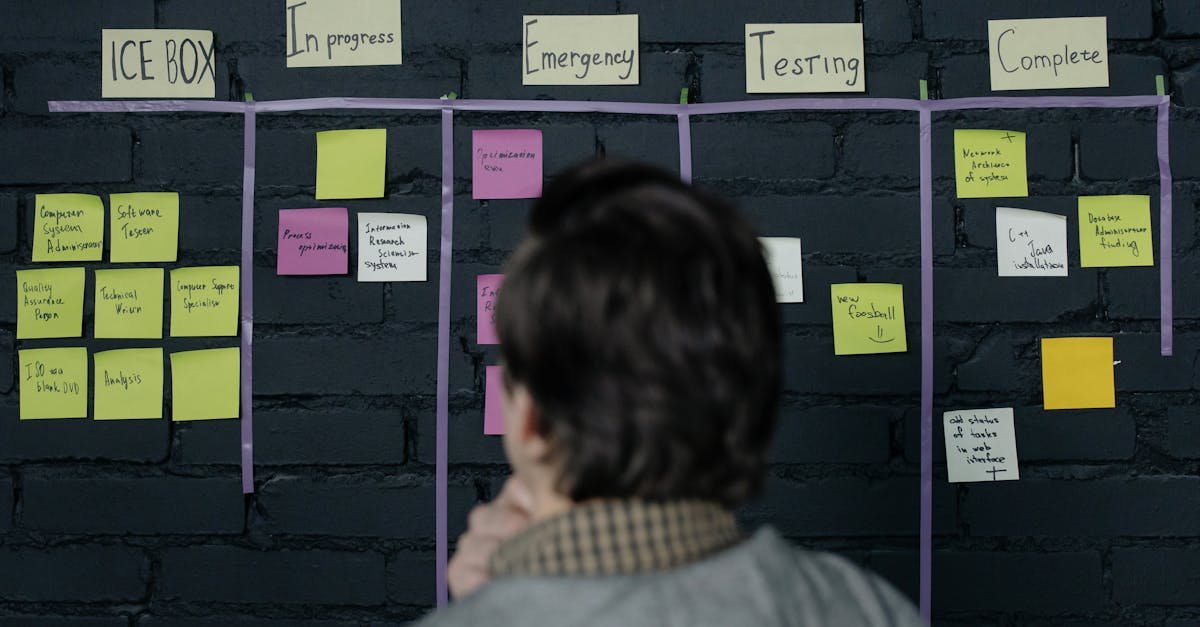Collaboration Unleashed: Boosting Process Optimization in GBS
Let’s face it, we’ve all had those days when collaboration feels like pushing a boulder uphill. Your team is packed with talent, yet the gears don’t seem to mesh. We all know that synergy can turn the mundane into magic, especially in Global Business Services (GBS), where optimizing processes is the name of the game. Imagine this: you’re on a project with multiple stakeholders, each bringing their own distinct perspectives and expertise. The initial phases are brisk, filled with creative brainstorming, but as deadlines loom, clarity gives way to chaos. Ever been there? It’s frustrating, right? But what if I told you there’s a way to harness that chaos and turn it into streamlined, powerful, and optimized processes? Well, buckle up, because I’m about to take you through a journey of collaboration that can revolutionize your GBS operations! Understanding the Landscape of GBS To truly boost process optimization, it’s important to first grasp what GBS is all about. It’s more than just handling back-office functions; it’s about bringing various operations into a unified model to maximize efficiency and effectiveness. Unified Operations: The aim is to integrate services—finance, HR, IT—so they operate like a well-oiled machine. Improved Customer Experience: A seamless process isn’t just beneficial for internal teams; it’s crucial for delivering value to customers. Cost Savings: Streamlining operations leads to reduced costs, which is a significant motivation in GBS environments. So, how do we achieve this? Let’s dive into a few practical steps that can enhance collaboration and lead to more optimized processes. Encouraging Open Communication It sounds simple, but effective communication is the backbone of any collaborative effort. Teams must be encouraged to express ideas, ask questions, and voice concerns without fear. Regular Check-Ins: Set up weekly meetings where team members can share updates and obstacles. Feedback Channels: Use platforms like Slack or Microsoft Teams to create spaces where feedback can flow freely. Encouragement: Celebrate small wins to motivate team members to share their insights and achievements. By creating an environment where everyone feels heard and valued, innovation can thrive. Fostering a Culture of Teamwork Now, let’s get real. Building a collective spirit requires effort. It’s not enough to just call yourself a ‘team’; you need to act like one. Engage in activities that bond team members beyond work tasks. I’m talking about team-building exercises and off-site workshops! Diverse Teams: Mix it up! Include various skill sets and backgrounds to bring fresh ideas to the table. Shared Success: Ensure every team member understands that their contributions are vital to overall success. Peer Recognition: Implement a peer recognition system that shines a light on individual contributions. When people feel part of something bigger, process optimization naturally follows. Leveraging Technology for Seamless Collaboration Let’s talk tech. In today’s world, we can’t ignore the role technology plays in optimizing processes. With the right tools, collaboration becomes not just easier, but smarter. Project Management Tools: Platforms like Asana or Trello help organize tasks and track progress. Data Sharing Platforms: Use centralized systems for data that everyone can access, reducing duplicate efforts. Automation: Identify repetitive tasks that can be automated, freeing up time for team members to focus on more valuable work. By harnessing technology wisely, you create a collaborative environment where efficiency reigns supreme. Establishing Clear Roles and Responsibilities This one’s a classic—but it’s crucial. Nothing derails collaboration faster than unclear roles. When team members are unsure who’s responsible for what, confusion creeps in, and timelines slip. Define Roles: Be explicit about each person’s responsibilities. Documentation: Maintain living documents that outline roles and expectations for everyone to refer to. Accountability: Encourage team members to hold each other accountable for their specific tasks. When everyone knows their role, the process flows smoother than a well-rehearsed jazz band. Celebrating Success Together Success in collaboration should never be a solitary endeavor. When your team hits a milestone or accomplishes a goal, celebrate it! Recognition can be a powerful motivator and reinforcer of collaboration. Team Outings: Organize outings as rewards for hitting targets. Share Success Stories: Highlight these in team meetings to inspire others. Incentives: Consider providing incentives for collaborative projects that yield impressive results. These celebrations form threads of camaraderie that strengthen your team and drive future successes. Continuous Improvement through Feedback Last but definitely not least—embrace feedback! It’s key for evolving and optimizing processes. Incorporate regular retrospectives where teams can discuss what worked, what didn’t, and how to improve going forward. Constructive Feedback: Encourage giving and receiving constructive criticism. Adaptability: Be willing to change processes based on feedback. Client Feedback: Gather feedback from clients to ensure that their needs are being met. When teams are committed to evolving, process optimization becomes a natural outcome. Wrapping It All Up Look, I get it. Collaborating and optimizing processes in GBS can sometimes feel like navigating a minefield. But with the right strategies, this doesn’t have to be the case. Encouraging open communication, fostering teamwork, leveraging technology, and embracing feedback are essential steps towards creating a well-oiled collaborative machine. If there’s one thing I want you to take away from all this, it’s that transformation is possible. It’s about unlocking your team’s potential and streamlining processes together. So, ready to unleash collaboration in your GBS? Start small, keep it real, and build momentum. And hey, if you’re looking for more insights on shared services, check out THEGBSEDGE blog. It’s packed with valuable content on everything from transformation to leadership. Let’s gear up to optimize! “`
Collaboration Unleashed: Boosting Process Optimization in GBS Read More »









